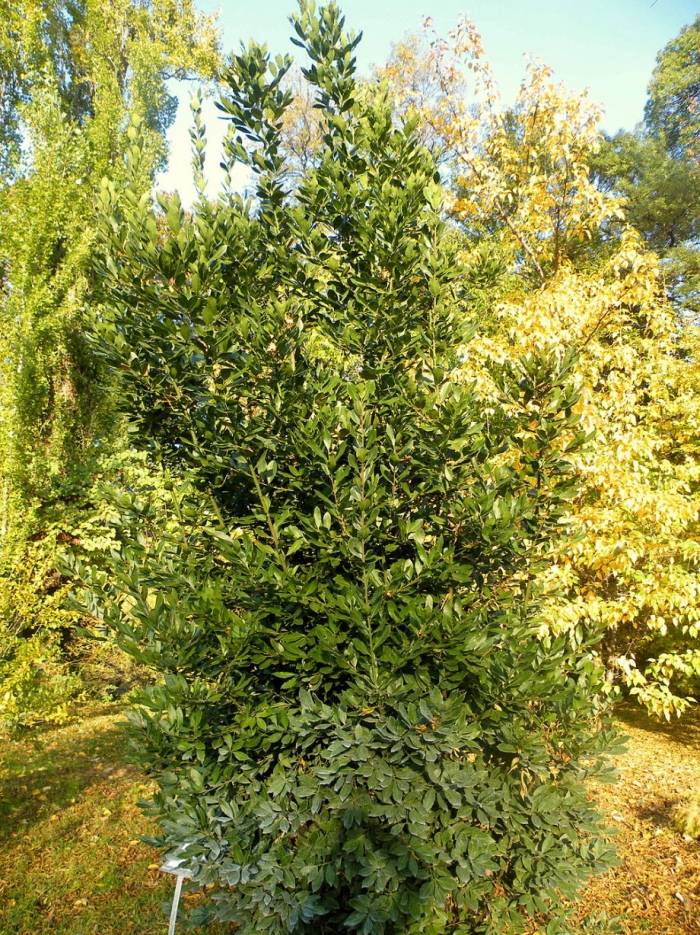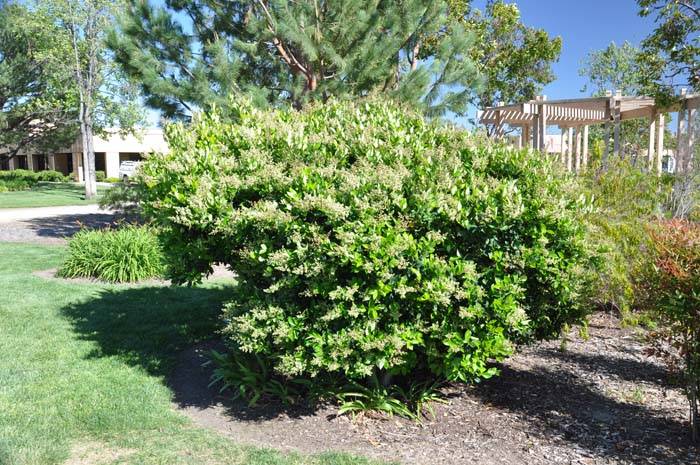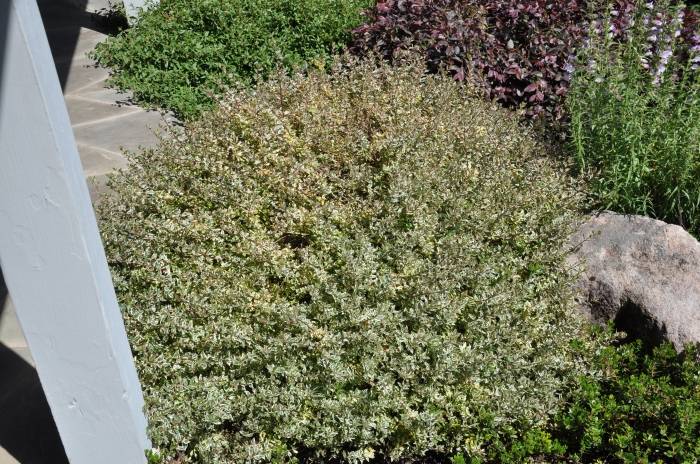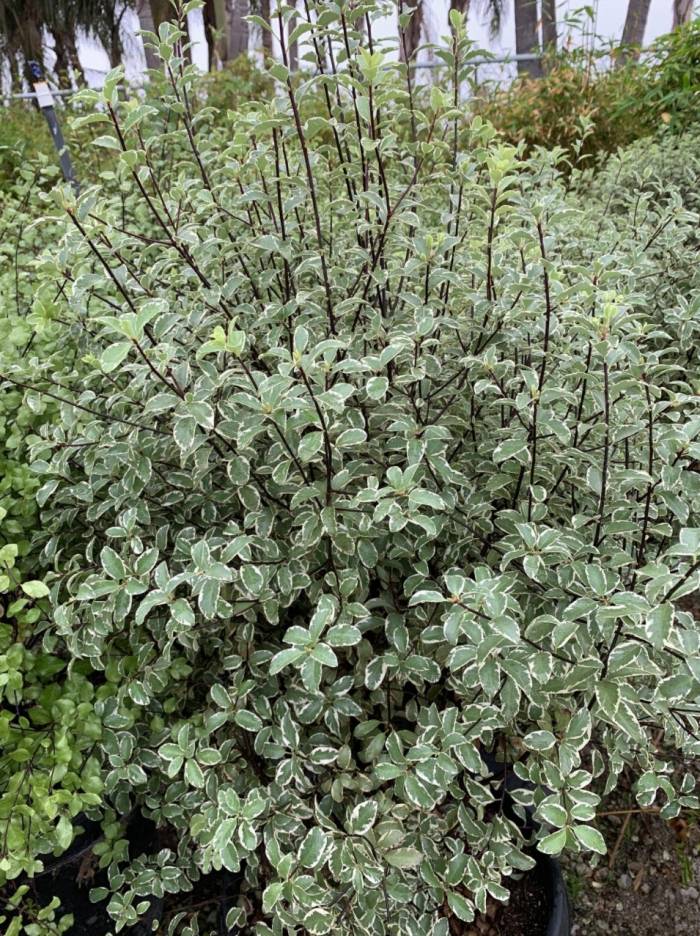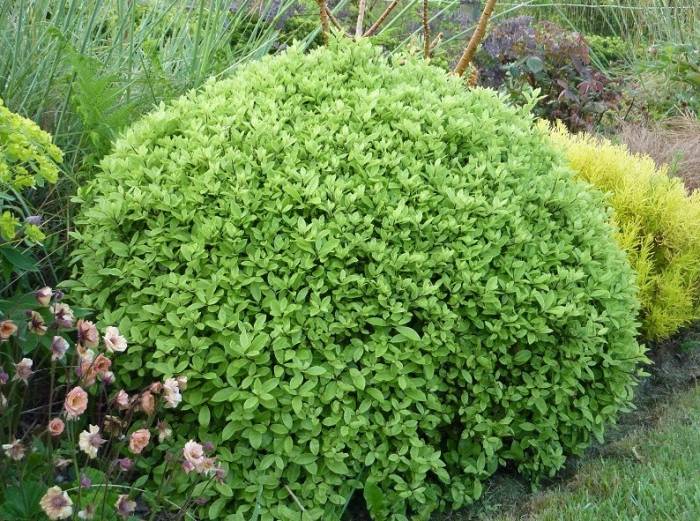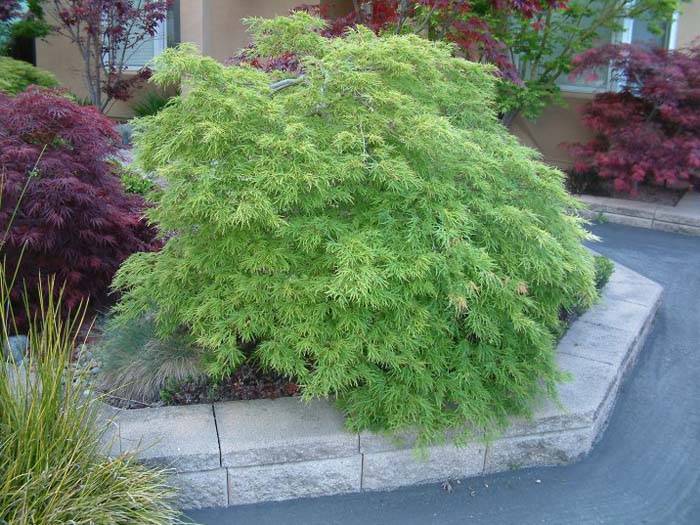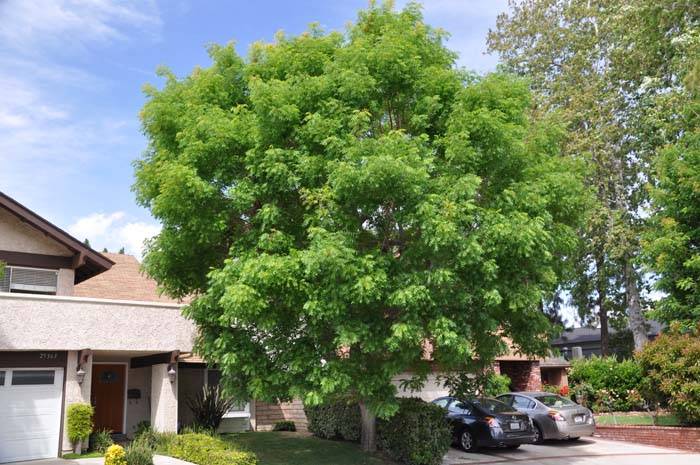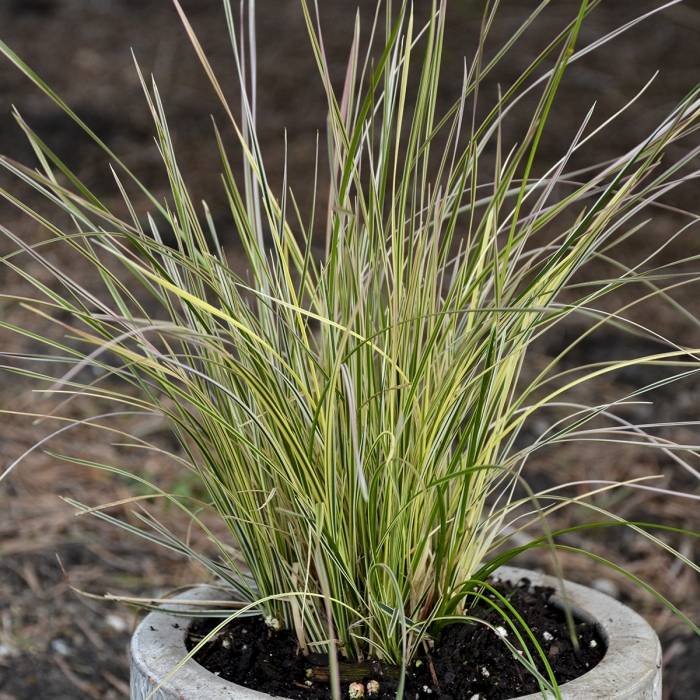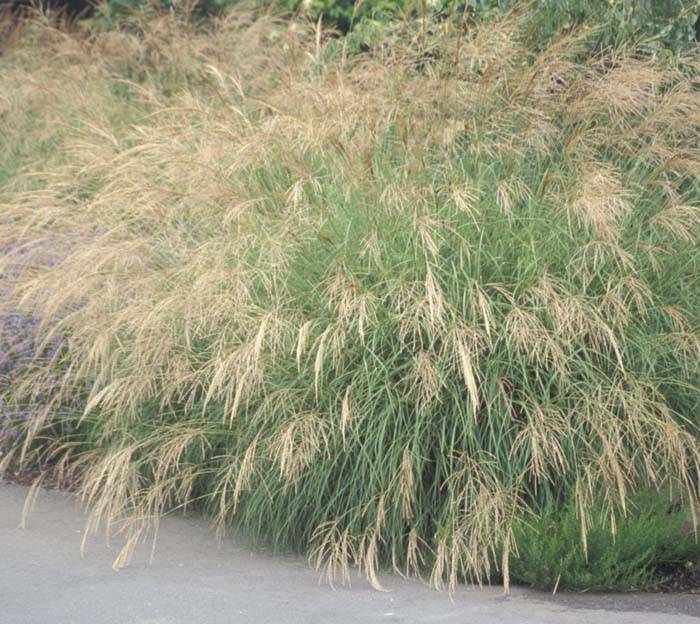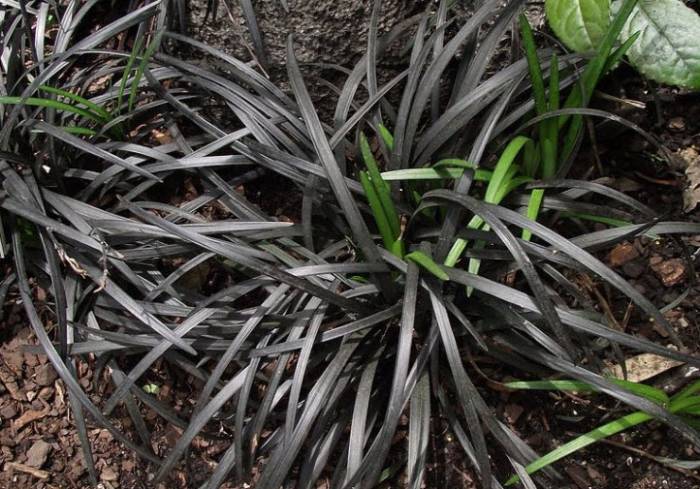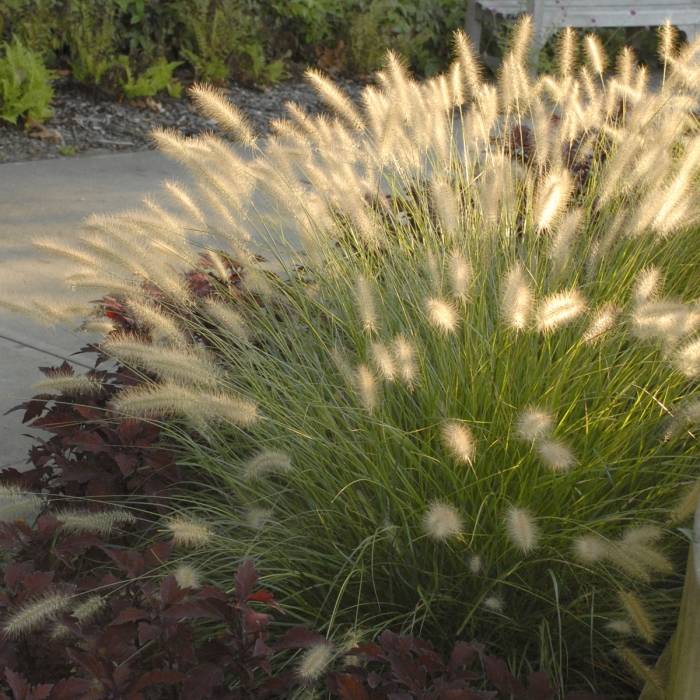Japanese Maples are one of our most used small scale trees and accent for good reason. They are easy to grow, have great texture and fall color, and come in a variety of shapes and sizes. They range from 5′ to 30′ in size. There are four basic leaf types of these pretty trees:
-Palmate Leaf: These have a broad maple leaf like a palm, much like the Canadian flag.
-Dissect Leaf: These have a finely cut leaf, which is more intricate
-Red Leafed: Different hues of red and purple in both palmate and dissect varieties
-Green Leafed: These can often take a bit more direct sun than their red leafed counterparts
Japanese Maples are versatile, and make a great eye catching accent in the garden, especially in the fall. Many have sculptural or colored bark in the winter, so even when dormant, they still have a unique presence. These trees are usually in the moderate water use category for our climate in the Bay Area, but they don’t need to be over used, a few can make a statement. Many prefer a little shade especially in the hot afternoons, but many will adapt to even full sun, although their leaves may burn.
Here are 8 of our favorite easy to find maple species from our awesome Plantmaster Database. You can see more of these in the Plantmaster Interactive View.

Redleaf Japanese Maple

Bloodgood Japanese Maple

Crimson Queen Japanese Maple

Laceleaf Japanese Maple

Oshio Beni Japanese Maple

Coral Bark Japanese Maple

Threadleaf Japanese Maple

Tamukeyama Cutleaf Maple





